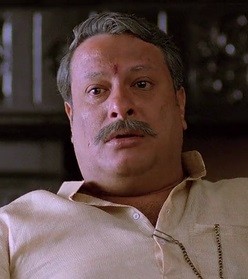A decade to a Grand Cultural Phenomenon, A Cinematic Masterpiece… Gangs of Wasseypur
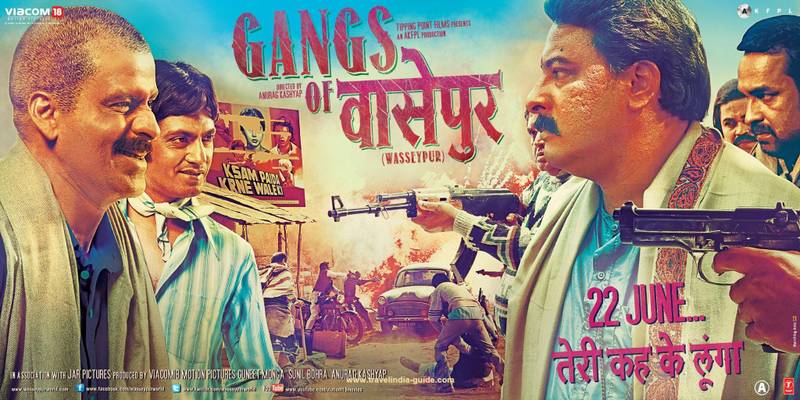
On the Friday of 22nd June 2012, exactly a decade from today a movie had released in theatres of India. It was a period crime movie set in areas around Dhanbad, Jharkhand. It had no big A list stars in it’s cast, most of them were newcomers, some of them had done a few movies but weren’t so popular. The movie was made on a very low budget. The only hype for the movie was, it was made by an avant-garde filmmaker who had a penchant for coming up with very unorthodox, experimental movies. Another not-so-much of a hype for the movie was that it was selected to be showcased in the Director’s Fortnight section of Cannes Film festival, that year. This didn’t actually matter much to most Bollywood audiences here, not back then, not even right now.
The movie as it turned out released in two parts at a gap of about two months in between. The first part got very modest commercial success, the second performed below average, that was it’s immediate reception. But over time, the influence of the movie, it’s popularity among the audience grew many folds. It’s dialogues, it’s scenes, it’s characters all acquired a cult status. It became a massive pop cultural phenomenon over time. This movie was Gangs of Wasseypur. As I revisited this movie, I realised that this movie has indeed catalyzed a lot of changes in Indian cinema and online streaming content space, some desirable, others not so much. I really can’t think of any other movie from Indian cinema which in spite of being so different, so off the regular established template, has also been so influencing.
For all of us cinephiles, movie buffs back then, we were already quite impressed with Anurag Kashyap’s work. He was the guy who would dare to bring the kind of cinema that could compete with World Cinema back then. After all that we’d heard about this movie particularly, we were excited as anything for it. The June of 2012 was special for us as two of our most revered filmmakers Anurag Kashyap and Dibakar Banerjee, were releasing their passion projects that same month; Gangs of Wasseypur and Shanghai respectively.
Gangs of Wasseypur superseded our expectations upon the first watch itself. The movie was very deeply rooted in it’s setting, it’s tone was very rustic, very authentic, yet was influenced by a lot of western elements. It was a Gangster movie, but a very different one at that. The unfamiliarity with the actors, the setting just disappeared within the first few minutes of the movie, it seemed as if we always knew this world. At the end if the first part which was approximately two hours 45 minutes, we just couldn’t wait to watch the second part. The second part came out in the second week of August of 2012, about two months later.
While I write down my thoughts on how this movie feels at it’s 10th anniversary I really can’t help remember all the discussions and over discussions me and my fellow movie buffs have had on it, all the memes, the fan made posters we made, how we tried to interact with people associated with this movie, whether personally or online. So many memories. I can’t imagine any other Hindi movie that would have made us happily undergo all this ordeal. Such is the impact of this magnum opus.
Now that I’m done reminiscing my heart out, I would like to elaborate on those aspects that I believe have made this movie what it is.
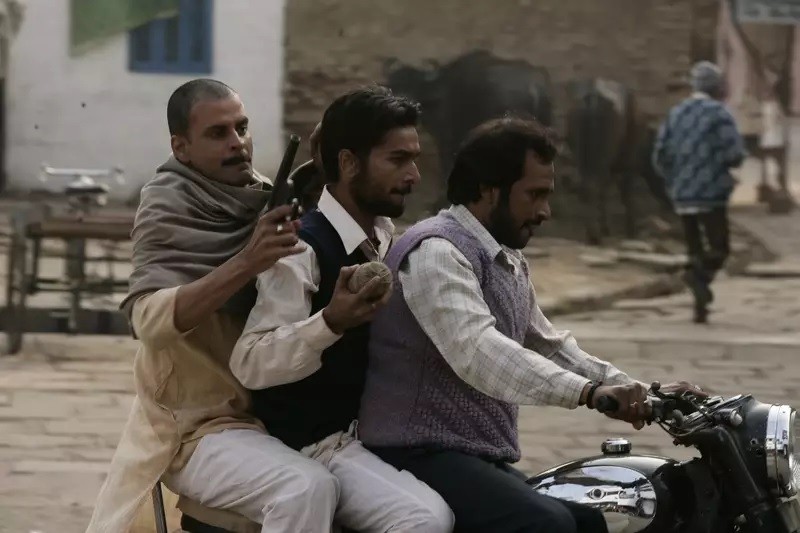
The first aspect of the movie that has made it a winner, is the perfect blending of western influences with the very rooted indigenous elements. By now, all the western influences of the movie are very well known. The tense opening scene which takes place somewhere in the middle of the story, along with the fast narrations of a side character, are clearly taken borrowed from Scorsese school of filmmaking. In fact, the entire screenplay structure of the movie is borrowed from Goodfellas (1990). But at the same time, the tone, the feel and the way each character thinks or speaks is very rooted. It doesn’t even once feel as if the makers have just tried to copy paste western elements in an Indian landscape. Whether it’s Nagma Khatoon (Richa Chaddha) initially being disgusted by Sardaar Khan’s (Manoj Bajpayee) infidelity, later accepting it, or all of the amateur tactics used by multiple characters in the crime business, all these come across very much like the traits of the people of the region. Another movie to have a major influence of Gangs of Wasseypur is Fernando Meirelles’s City of God (2002). The entire angle of juvenile crime shown in the second part feels inspired from The City of God. The character of Perpendicular (Palpendicoolal) (played by Aditya Kumar) is in fact heavily inspired by Li’l Dice. But again, a lot of his traits, like his obsession with Bollywood star Sanjay Dutt is very much his own and in line with his milieu.
Majority of the brilliant gangster dramas made before this one, often focused a lot on the Mumbai Underworld. There were very few crime movies made on the hinterland gang lords, they too weren’t that good. This was probably the first gangster drama based on hinterlands crimes, that managed to be among the frontrunner in the genre.
Another very outstanding aspect of this movie is the beautiful subversion the makers have managed to pull off. That too on multiple occasions. This is an extensive story of multiple characters, most of whom are foolhardy, crime obsessed, imbecile characters who go about crime just as a primary instinct. They don’t think or plan extensively. I often wonder why Sultan Qureshi (Pankaj Tripathi) and his gang after showering Faisal Khan’s (Nawazuddin Siddiqui) bungalow with multiple rounds of bullets did not bother to go up and check at least a few doors for survivors; I can’t stop laughing at the way Sardaar Khan runs, while fleeing the petrol pump in an awkward Jack Sparrow kind of fashion. He suddenly then realises he’s not wearing slippers, goes to get them and comes back running. That’s when Nasir (Piyush Mishra) who was accompanying him all along starts celebrating his lead in the run by saying “Hum first, Hum first” (I’m first, I’m first!). Also, the way Sardar Khan tries to knock down on a metal door with his foot, only to be told by Asghar (Jameel Khan) that it can be opened from outside, and it opens outwards by pulling. This is just before they both are going to commit a very gruesome, very violent act. It’s such scenes that make Gangs of Wasseypur stand out. There’s also a scene where Definite (Zeishan Quadri) goes to threaten Shamshad Alam (Rajkummar Rao) at his place, his gun gets jammed before he can actually get to Shamshad, causing Shamshad to get the upper hand in their fight, and a crazy chase follows between the two, it’s both engaging as well as funny.
Probably, the most comically subversive of all such scenes is the one where Guddu (Muraari Kumar), Definite and others go to take down Sultan. By this time, Sultan has claimed so many victims of the Khan family, the tension is high, one would expect his death to be intense and serious. Here, instead the hitmen are discussing why he is shopping for which vegetable, trying to gauge the condition of his digestive system with it. There’s also Guddu trying to tie drawstring of his pajamas, while managing two phone calls with two phones in both hands; as goofy as you can expect.
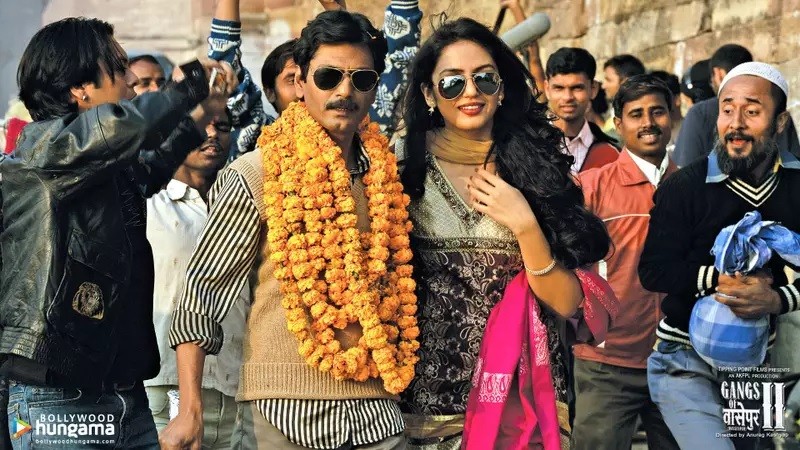
So many different characters in the movie are so well written, it’s this characterization that stands out as another unique aspect.
Sardaar Khan is a guy on a mission out to annihilate his arc nemesis Ramadhir Singh (Tigmanshu Dhulia). But he doesn’t want to just kill him, he wants to destroy him bit by bit. In his most iconic dialogue, he says:
“Goli nahi Maarengey saale ko, Kehke Lenge uski” (I won’t shoot him, I will screw him just after informing him)
While Sardaar Khan has a natural inclination towards crime and working his way up the ranks, he is also a rabid womanizer. His libido often gets the better of him. This makes him a bigamist, and ensures a thick sibling rivalry among his sons later on.
Nagma Khaatoon is Sardaar Khan’s firebrand first wife. Though she adheres with all the conventions, all the norms set for a woman in her setting, she just won’t take treatment that she considers unjust. She keeps Sardaar Khan’s sentiment of vengeance against Ramadhir Singh alive among her sons. She has a very significant contribution in the execution of the central vengeance. The scene of her shooing away cops at her door asking for Sardaar Khan is just kickass.
Faisal Khan plays the unlikely hero, the not so heroic, ordinary protagonist of the movie. He definitely lacks his father’s ambition or chutzpah but takes up the mantle of vengeance as well as being the head to the family’s crime syndicate. The scene where he swears to his beloved mother promising to get revenge for the deaths of his grandfather, father and elder brother is his character defining moment.
“Baap ka, Dada ka, Bhai ka, sabka badla lega lega re tera Phaijal.” The smartest person in the entire movie is the main antagonist Ramadhir Singh. He hardly raises his voice throughout the movie (except while thrashing, scolding his son on multiple occasions), plays his game steadily, calculating all his moves. He also attributes his smartness to his absolute abhor for cinema with the famous dialogue:
“Ee saala Hindustan mein jab tak Saneema hai, log Chutiya hi bante rahengey” (As long as there’s Cinema in this country, people will keep getting fooled by it) Each and every character in this movie have their unique traits and awkwardness to them. They define the characters.
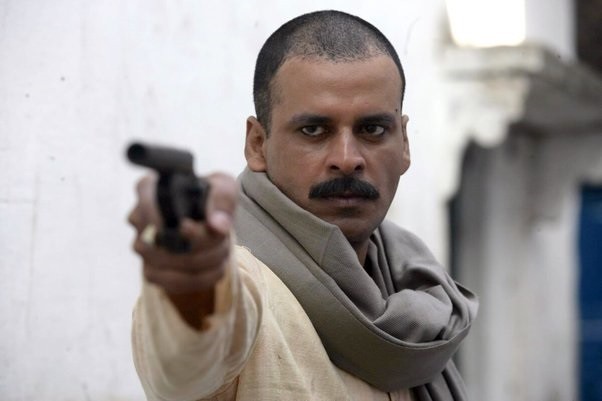
The third aspect that’s always stood out for me is the way this movie just presents crime as a way of life for the people in a certain part of the country. It doesn’t try to antagonize it, nor does it try to glorify it either. It just presents it as it is. It’s this aspect of the movie that I feel is often misread or misinterpreted. This is where I feel the movie has influenced future content in a not so desirable way. It’s true this movie blatantly shows a world where profanity, violence and treachery is common; but it’s coming from an intention to make things look as authentic as possible to the actual place it’s based on. This movie certainly does not try to sensationalize any of these aspects. But because this movie has presented these aspects in a more pronounced way which was hitherto not seen, people feel the movie has glorified these aspects. Or rather, that the movie is popular only because it demonstrates profanity and violence in a sensational way in a hinterland set up. A lot of content makers in the OTT space have actually taken note of this aspect and tried to imitate it in a number of popular OTT shows. Anurag Kashyap himself has lamented of how this movie shaped the opinion that his movies have taught people to engage in profanity and expletives.
In my opinion, the makers who actually took a more creatively superior note from this movie of demonstrating the crime in a hinterland area in an authentic way were those from the south. A lot of South Indian filmmakers have made very decent movies having a strong influence of Gangs of Wasseypur, whether it be Lijo Jose Pellisery’s Angamaly Diaries (2017), Vetri Maaran’s Vada Chennai (2018), this movies own cinematographer Rajeev Ravi’s directorial Kammatipaadam (2016). Kashyap himself was inspired to make Gangs of Wasseypur by watching works of three directors hailing from Madurai, Bala, M. Sasikumar and Ameer Sultan.
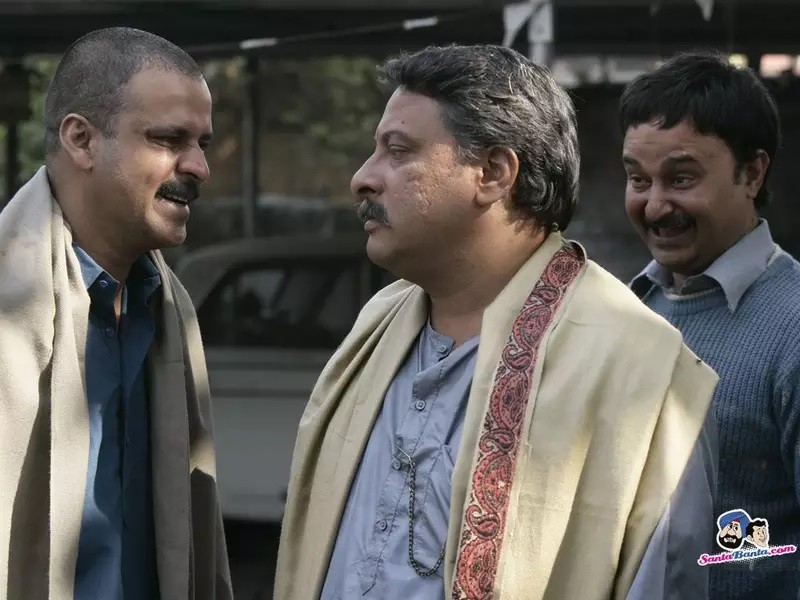
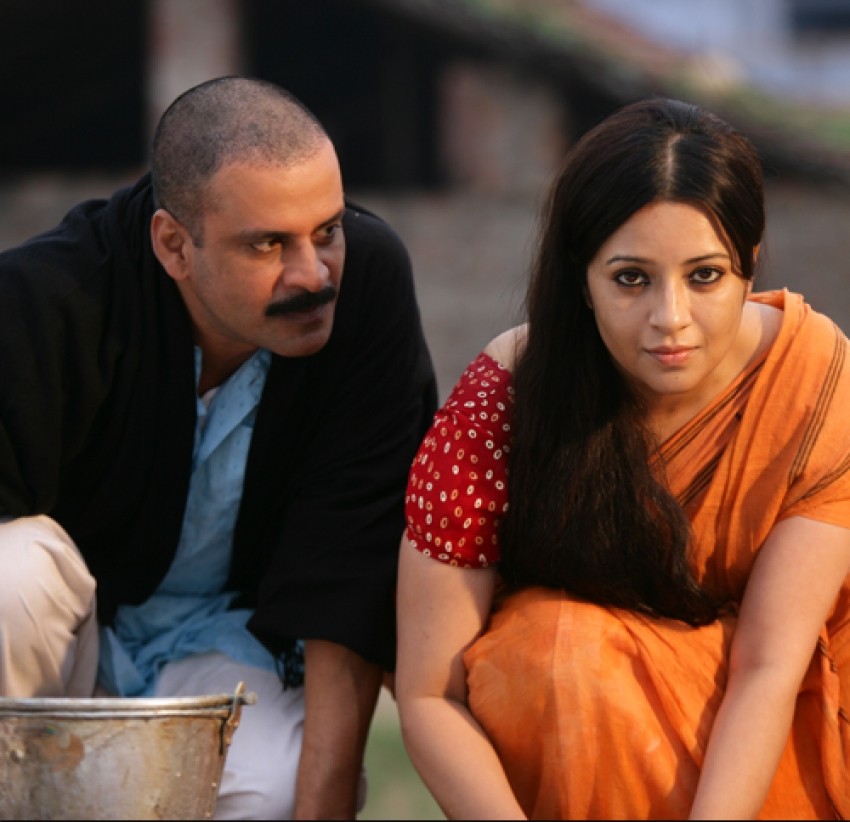
This movie was a passion project for Anurag Kashyap, just like all his initial movies. He made it simply with his conviction and drive. A documentary on the making of this movie came out some time after it’s release. It was directed by Neeraj Ghaywan, it came along with the movie’s Blu-Ray and DVD back then, of which I remember owning a copy. A book was also written on it’s making titled “Gangs of Wasseypur- The Making of a Modern Classic” by Jigna Kothari and Supriya Madangarli, I also happen to own a copy of that. Both these works document the excruciatingly tough work that went behind seeing this movie through in all it’s phases. As Anurag Kashyap is himself heard saying “(They) delivered a 80 crore movie in 18 crores”.
As far as the acting performances go, they are all top notch. Many of the lead actors who were not very well known, at the time this movie came, have now become popular personalities; Nawazuddin Siddiqui, Pankaj Tripathi, Rajkummar Rao (Who was known as Rajkumar Yadav back then), Richa Chaddha, Huma Qureshi, Jaideep Ahlawat, Vineet Kumar Singh and many more.
Tigmanshu Dhulia was already a well known director by the time this movie released, his critically acclaimed movie Paan Singh Tomar released the same year. The movie’s writer Zeishan Quadri later directed another gangster movie Meruthiyaa Gangsters in 2015, the casting director Mukesh Chhabra received a lot of acclaim for his work too. This is the movie where the casting director shined.
Neeraj Ghaywan was an assistant director on this movie. He later on went to make the much-acclaimed movie Masaan. Vicky Kaushal, one of the most talented and desirable lead actors right now was an assistant director here too. He too, began his acting career with Masaan. Another assistant director Shlok Sharma went on to make the Nawazuddin Siddiqui, Shweta Tripathi starrer Haraamkhor, the associate director Anubhuti Kashyap went on to make the series Afsos. This movie actually helped kick start careers for a lot of talented people.
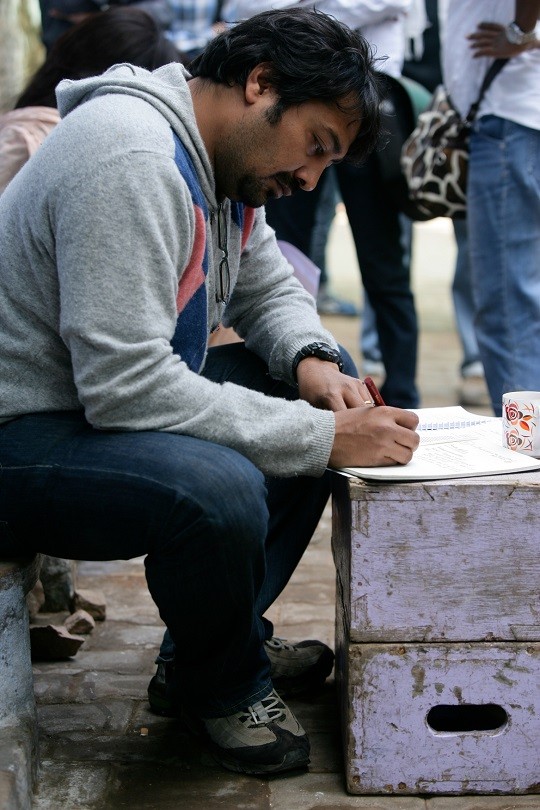
A Movie like Gangs of Wasseypur does not come by so easily… this is the kind of movie that carries an enigma of interest with it; the more you try to understand and decode it, the more you feel the need to dwell further.
